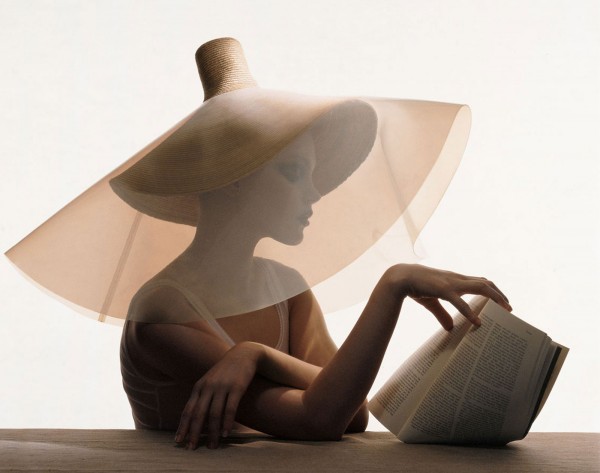Crossing over into casual fashion takes more than the biggest NBA star and a blizzard of sneakers
Ron Graham woke up on the Saturday of Memorial Day weekend thinking about Golden State Warriors star Stephen Curry. The 53-year-old put on gray and pink Curry high-tops, a Curry T-shirt, and a somewhat incongruous San Antonio Spurs hat for his trek to the Under Armour store in SoHo in New York City. Already the owner of 15 pairs of Curry’s basketball shoes, he wanted to snag the latest release: a red, white, and blue version selling for $130.
Under Armour, founded two decades ago on workout shirts sold to suburbanites, has been trying for years to push into the sort of sneakers snapped up by the urban shoppers that have long set the standard for cool in athletic footwear. Chief Executive Kevin Plank has set the goal of making Under Armour the “biggest, baddest sports brand on the planet.” With the release of the Curry One in February 2015, Under Armour finally had the makings of a crossover.
The debut was superbly timed to the moment Golden State’s scrawny guard blossomed into a Most Valuable Player, and the company’s star endorser is now vying for a second straight championship against LeBron James and the Cleveland Cavaliers. Under Armour has milked Curry’s success with the release of new styles and colors via launch events, known in the sneaker world as drop dates. There have been approximately 60 different versions of Curry shoes released over the past 17 months.
That’s why Graham, a flower deliveryman who lives in Washington Heights, a mostly Hispanic and black section of Manhattan, was headed to Under Armour’s only New York City store. He arrived 30 minutes before the opening—a long wait is a fixture at high-profile drops by Nike and Adidas—only to find absolutely no line at all.
“I’m a Curry fan,” said Graham. “I love his sneakers.” And what about his friends, his children, his neighbors? “No,” Graham replied. “But I coach basketball in the summertime, and all the kids love Currys.”
Therein lies the promise of Under Armour—and the major hurdle the company faces in its bid to catch Nike, which remains eight times bigger at $32 billion in sales. Under Armour basically sells gear to sporty suburban white kids and their parents. Dick’s Sporting Goods, a suburban superstore mainstay, is the brand’s single largest customer. Currys are mostly worn for playing basketball, which is a problem for Under Armour’s designs on become a casual-fashion staple.
Get the full story on BLOOMBERG






